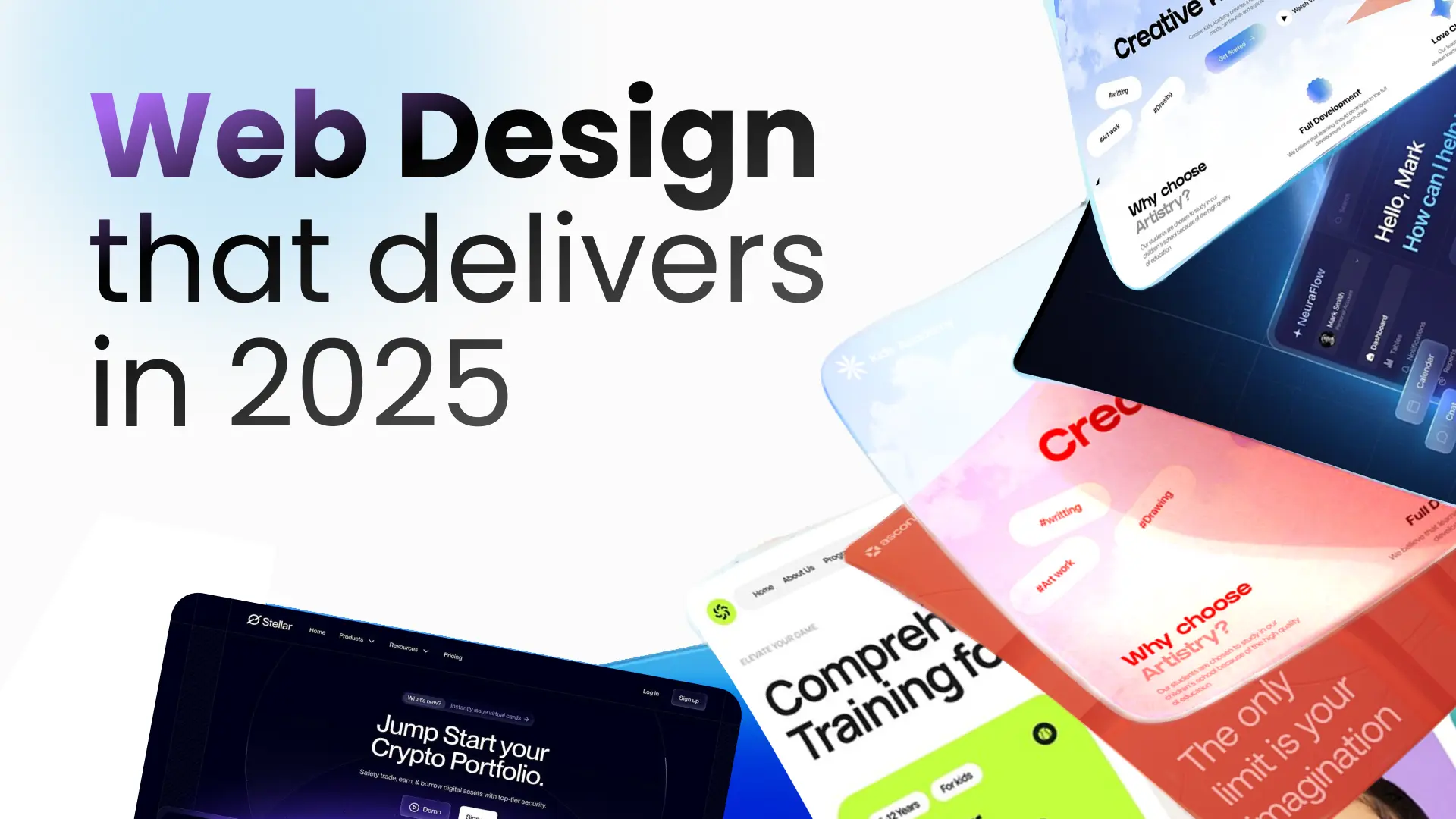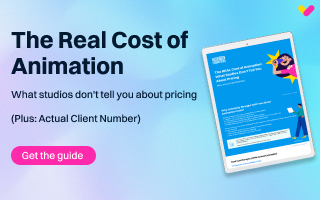
Motion Graphics for Business Growth and Brand Storytelling
Animation
October 27, 2025
5
minutes
-min.png)
About the project
It is a long established fact that a reader will be distracted by the readable content of a page when looking at its layout. The point of using Lorem Ipsum is that it has a more-or-less normal distribution of letters, as opposed to using 'Content here, content here', making it look like readable English.
Video styles
Industries
Services
Our involvement
Storyboarding
Commercial Production
Dedicated Project Manager
Dedicated Project Manager
Dedicated Project Manager
Typically takes 15 minutes
TL;DR
Motion graphics are dynamic animations that combine design, text, and movement to simplify ideas, engage viewers, and deliver powerful brand messages. Unlike traditional animation, motion graphics focus on visual storytelling through the use of abstract shapes, icons, and typography. They're widely used in explainer videos, social campaigns, product demos, and internal communications, such as onboarding and training.
As businesses shift toward digital-first strategies, motion graphics animation has become an essential tool for enhancing clarity, boosting retention, and evoking emotion. It transforms how brands connect with audiences across the web, social, and presentations.
Various styles, such as flat 2D, isometric, kinetic typography, and line-based illustrations, enable businesses to align their design with their objectives. Choosing the right style depends on the brand's tone, industry, and target audience.
Selecting a capable motion graphics agency is crucial. Look for strong portfolios, storytelling expertise, and collaborative workflows. Agencies like Creative Frontiers specialize in branded motion graphics, e-learning content, and scalable assets tailored to every platform.
Whether you're launching a new product or refreshing your internal content, motion graphics bring your vision to life with energy and precision. Ready to take your visuals to the next level? Let’s get animated, your audience will thank you.
What Are Motion Graphics and Why Do They Matter in Business
The motion graphics industry is booming, with a market value of USD 89.92 billion in 2024, expected to hit USD 141.48 billion by 2033 at a rapid 12% CAGR. This upward trend shows just how essential motion-led storytelling has become in today’s content-driven world.
From dynamic website headers to internal training videos, businesses now rely on visual formats more than ever. Brands like Apple, Mailchimp, and Slack use motion graphics not just for flair, but to simplify, engage, and inspire.
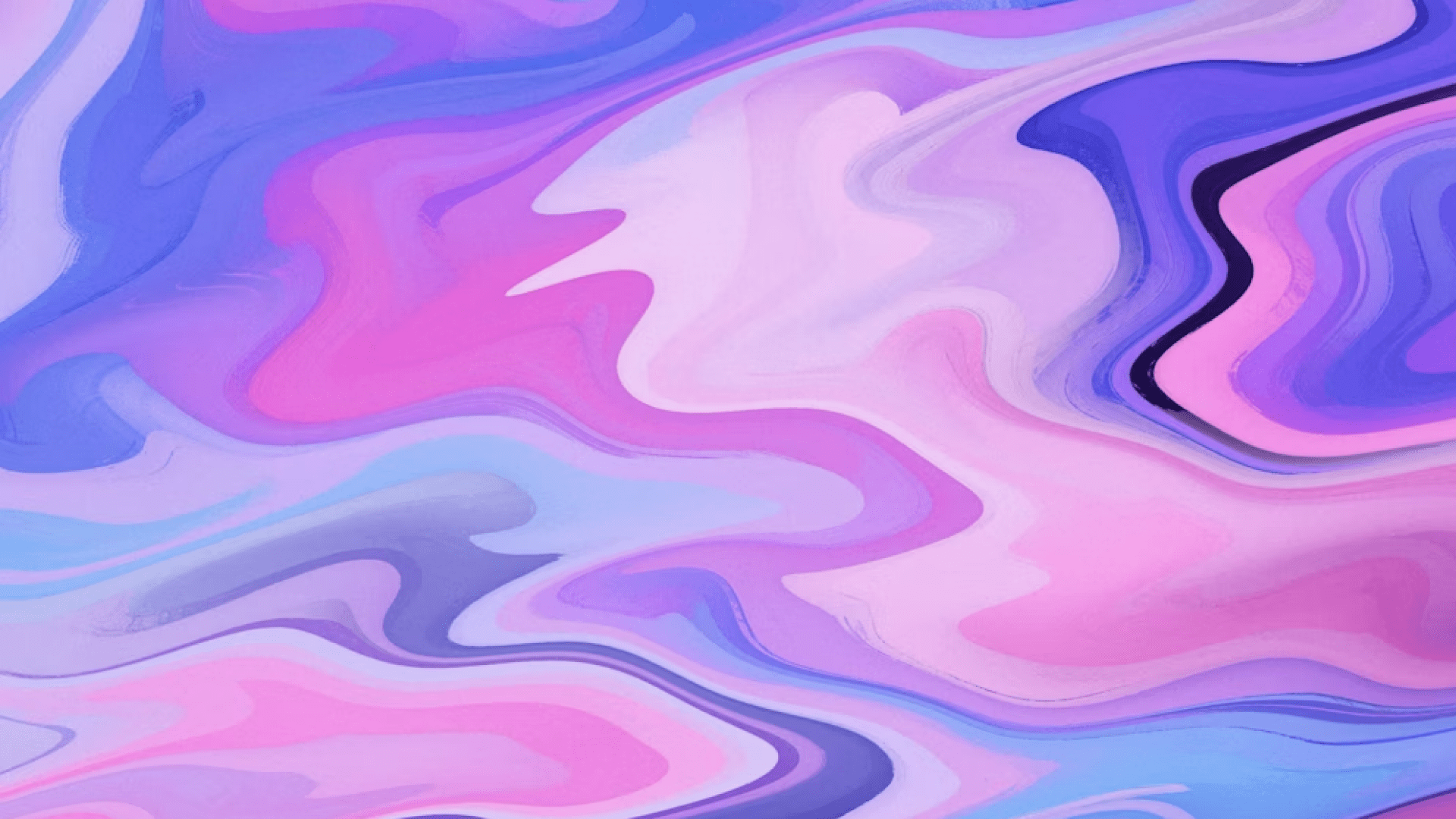
So, what exactly is motion graphics? In this blog, we’ll break down its definition, key business use cases, style variations, and how to choose the right creative partner to bring your brand to life.
What is Motion Graphics?
Motion graphics is a form of motion design that blends graphics, typography, and animation to visually convey a message. Unlike traditional animation, which often revolves around character storytelling or frame-by-frame illustration, motion graphics are more abstract. It focuses on shapes, text, brand elements, and movement to explain or enhance ideas through video.
Rather than telling stories with characters or narrative arcs, motion graphics typically highlight processes, visualize data, or enhance presentations with smooth transitions and branded visual identity. Think animated explainer videos, logo reveals, or seamless title intros in corporate reels.
Businesses today use motion graphics across a wide range of formats, including corporate presentations, video marketing, product demos, social media reels, and more. It allows brands to deliver animated content that is not only engaging but also polished and professional.
Key Components That Define Motion Graphics
To truly understand motion graphics, it’s essential to look at the core elements that bring it to life:
- Visual elements: These include icons, shapes, and other brand-related imagery that serve as the building blocks of a composition. They’re designed to match your brand’s voice and tone.
- Typography in motion: Animated text plays a pivotal role in motion graphics. It emphasizes key messages, drives rhythm, and adds personality to the visuals.
- Transitions, color, sound, and pace: Seamless transitions, strategic color palettes, synced audio cues, and deliberate pacing all combine to make the animation fluid and captivating. This combination of styles ensures the message is delivered clearly and memorably.
A Brief History and Evolution of Motion Graphics
Motion graphics, now a cornerstone of visual communication, didn't begin as a digital phenomenon. Its journey from film credits to branded storytelling reveals how design, motion, and technology merged to create a new way to convey messages with impact.
From Films to Brand Communication
The history of motion graphics can be traced back to the golden age of television and films. One of the earliest pioneers was Saul Bass, a legendary film director and graphic designer best known for his iconic opening titles in films like Psycho and Vertigo. His ability to communicate tone and narrative through minimalist shapes, transitions, and typography laid the groundwork for motion design as we know it.
What began as a stylistic choice in television and films has developed into a powerful storytelling technique. With advancements in technology, motion graphics have evolved far beyond their cinematic roots, making their way into marketing, education, and digital media. This shift marked the beginning of motion graphics as a flexible tool for businesses to enhance their brand identity and messaging.
The Digital Age and Business Use
The rise of technology in the 1990s and 2000s, particularly tools like Adobe After Effects, transformed motion graphics into an accessible medium for creatives and marketers alike. This era saw the birth of explainer videos, animated branding, and highly dynamic visual storytelling for both web and social media platforms.
Today, creating motion graphics is more affordable and accessible than ever. Businesses of all sizes, whether startups or global corporations, can now work with agencies like Creative Frontiers to produce high-quality content. The blend of motion, graphics, and sound generates not only visual excitement but also a deeper level of engagement with audiences across digital channels.
Why Motion Graphics Matter in Business
Motion graphics animation isn’t just an artistic medium; it’s a powerful tool that bridges communication and creativity. Its ability to convey mood, life, and story through movement makes it indispensable for modern business strategies.
A Powerful Tool for Brand Storytelling
Motion graphics animation brings stories to life with color, movement, and rhythm. For brands, this medium is a powerful tool to visually express their values, tone, and mission in a way that’s both human and emotionally engaging.
Whether it’s a product demo, an app launch, or a corporate introduction, motion graphics can convey a message with excitement and clarity that sticks with viewers. This helps businesses create memorable content that aligns with their identity and fosters a stronger connection with audiences.
Real-World Business Applications
In today's competitive landscape, businesses leverage motion graphics across a range of touchpoints. Some common ones include:
- Marketing: Used to craft compelling product explainers and scroll-stopping social media ads.
- Internally: Simplify onboarding, training, and e-learning, making complex information easier to absorb.
- Externally: Essential for building brand awareness and delivering polished corporate promos that reflect professionalism and innovation.
Thanks to advancements in technology and creative tools, motion graphics are now more accessible to companies of all sizes and industries.
Example Use Cases of Motion Graphics in Business:
| Use Case | Description | Where Motion Graphics Helps |
|---|---|---|
| Product Demos | Brief overviews of product use | Makes features easier to understand at a glance |
| Onboarding | Introducing new team members | Visualizes processes, saving time and effort |
| Social Campaigns | Ads across social platforms | Grabs attention quickly, strengthening the brand feel |
| E-learning Content | Training modules and tutorials | Keeps learners engaged with animated storytelling |
Motion Graphics Styles That Fit Your Brand
Choosing the right motion graphics style isn’t just about looks; it’s about telling your story in a way that aligns with your brand’s voice and connects with your audience.
Matching Style with Objective
Motion graphics are highly versatile, but the style you choose should always reflect your business goals. Below are some common formats and how they serve different objectives:
- Explainer Videos: Ideal for breaking down complex ideas into easy-to-digest visuals. Great for startups or SaaS companies introducing new products.
- Lower Thirds: These subtle overlays (usually used in interviews or presentations) add polish and brand consistency without overwhelming the screen.
- Kinetic Typography: Perfect when words matter most. This style brings text to life with movement, emphasizing key messages or slogans.
- Logo Stings: Short, animated intros/outros that build brand recall and make your business feel more professional.

Popular Types of Motion Graphics Used by Businesses
Many businesses today turn to specific motion graphics styles that enhance their marketing and communication efforts. Here are four popular types of animation used across industries:
- Flat 2D Design: Clean and modern, this style uses simple shapes and bold colors; great for storytelling and explaining services without visual clutter.
- Kinetic Typography: Dynamic movement of text emphasizes important phrases or ideas; ideal for ad campaigns, website headers, or social media teasers.
- Isometric Design: Offers a 3D look using 2D tools; adds depth and structure to illustrate systems, workflows, or architecture with visual clarity.
- Line-Based Illustration: Uses minimal lines and smooth transitions; often seen in explainer videos for healthcare, finance, or consulting services where simplicity is key.
How to Choose the Right Motion Graphics Agency
Partnering with the right motion graphics company can determine how effectively your visual message cuts through the noise. When business goals, brand identity, and storytelling converge through motion, choosing a capable agency becomes more than just a creative decision; it’s a strategic one.
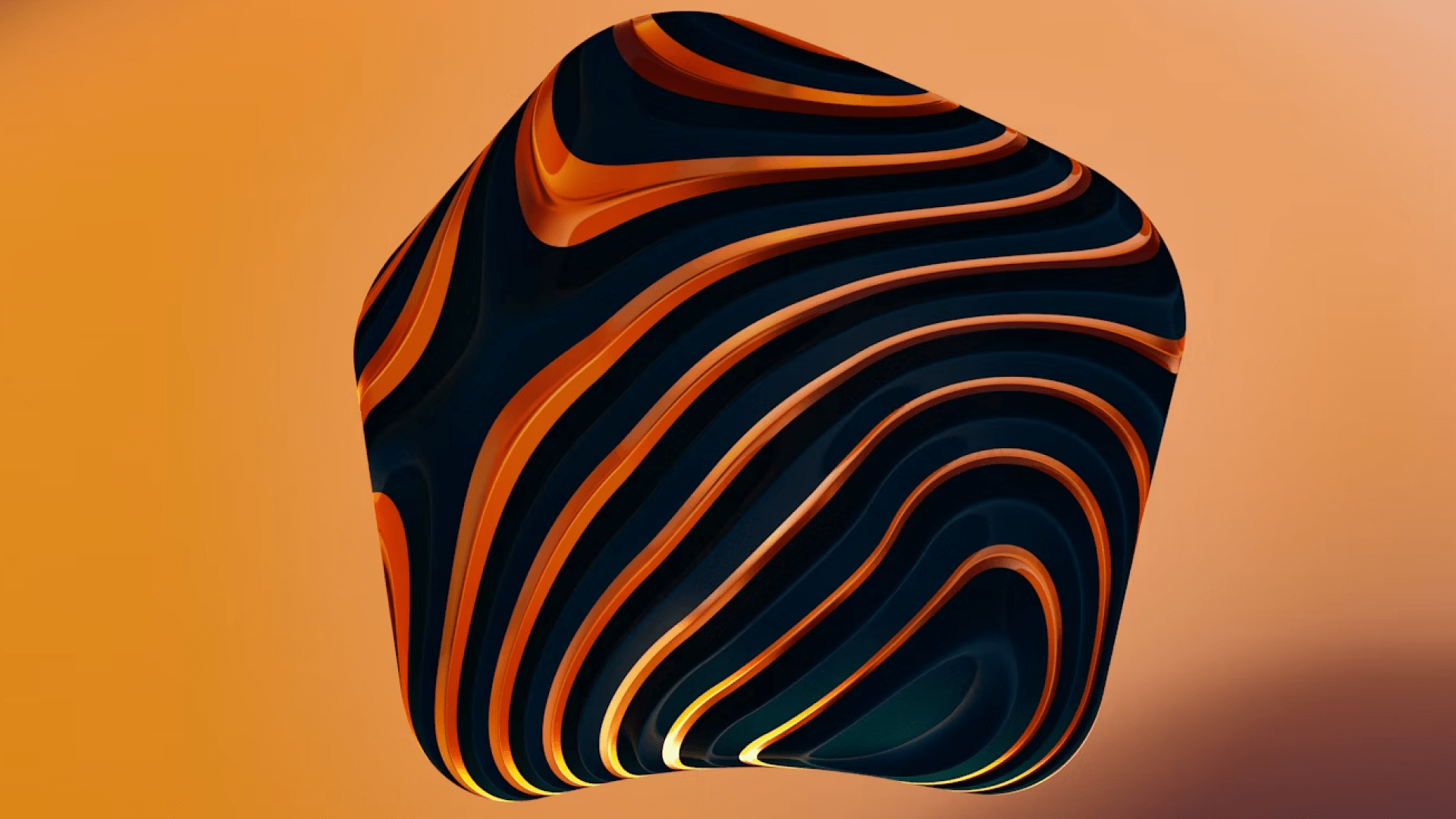
What Makes a Motion Graphics Company Stand Out?
The right motion graphics agency brings much more to the table than beautiful visuals. It should reflect your brand’s values and be capable of elevating your message through seamless collaboration and storytelling. Keep the following in mind:
- Portfolio with brand-aligned designs: A strong portfolio shows whether the agency can adapt to various industries and match different tones. Look for past work that mirrors your project’s vision and complexity.
- Strategic storytelling and scalability: An agency that prioritizes narrative can make your content memorable. Bonus if they create scalable assets suited for various platforms and formats.
- Collaboration in development, review, and final delivery: Choose a company that invites your input throughout, ensuring your feedback shapes the final product and deadlines are met without compromising quality.
Why Work With a Creative Partner Like Creative Frontiers
At Creative Frontiers, we don't just animate, we craft brand stories that move. As a full-service motion graphics company, we build visuals that speak with purpose and impact. Here’s a glimpse of what you can expect:
- Custom storytelling through motion graphics animation: Whether it’s a 15-second social ad or a detailed explainer video, we tailor animations that bring your brand to life.
- Integration of animation with branding, e-learning, and digital marketing: Our work isn’t done in silos. We align animation with your broader strategies, helping you strengthen engagement across your ecosystem.
- Scalable and optimized for every platform: From mobile screens to presentation decks, we ensure your content looks sharp and loads fast, wherever your audience is.
Explore our motion graphic animation services to see how we transform ideas into dynamic visual assets tailored to your business goals.
Now Is the Right Time to Invest in Motion Graphics
Motion graphics are more than just visually pleasing; they’re a powerful way to communicate your brand’s message, educate internal teams, and captivate audiences across platforms. Their ability to simplify complex information while staying on-brand makes them an invaluable asset in any marketing or training strategy.
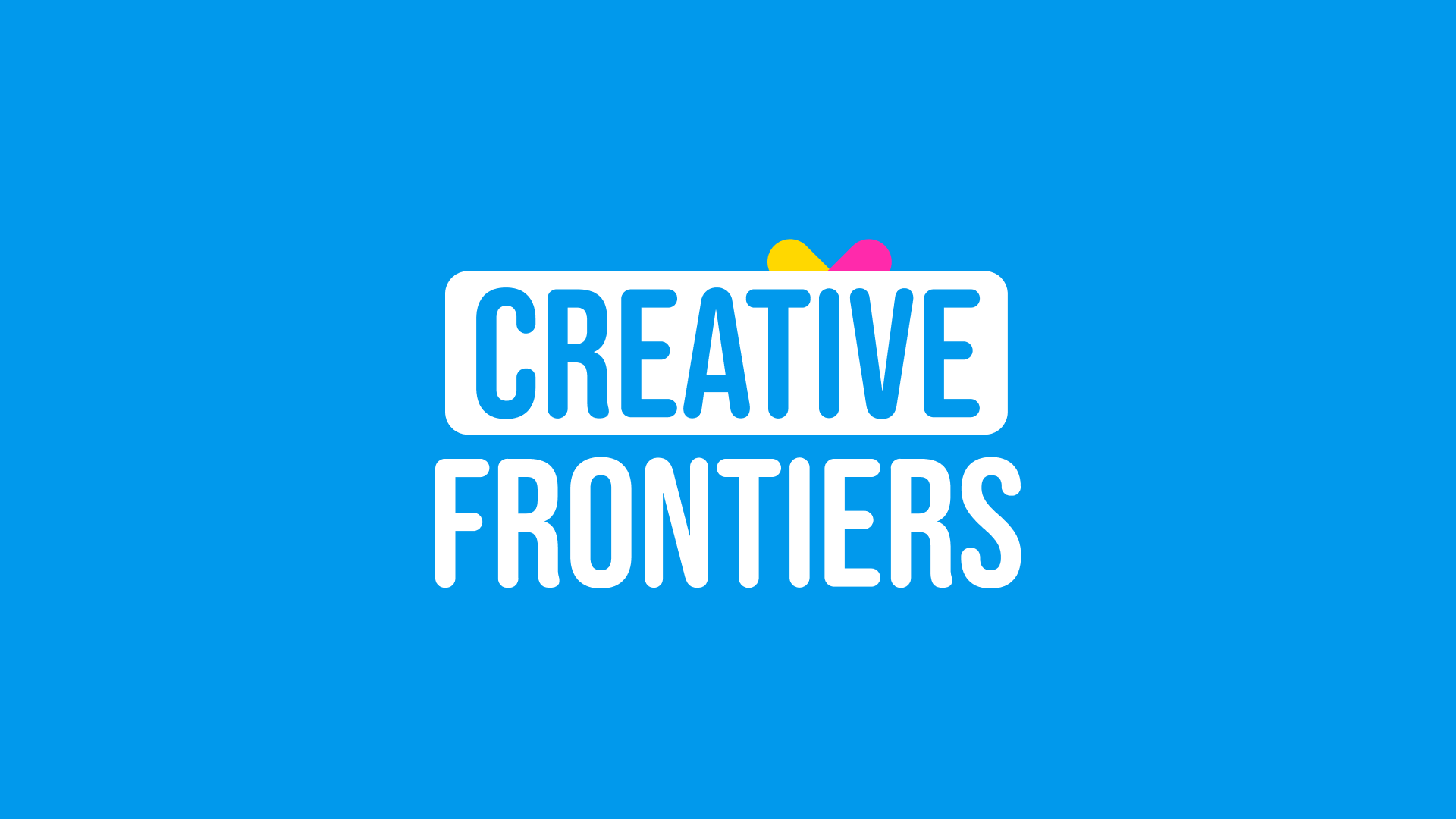
If your current content lacks engagement or clarity, now is the perfect moment to review and refresh your approach. A compelling motion graphics animation can bring your vision to life in ways static visuals simply can't.
Ready to explore what’s possible? Book a call with Creative Frontiers and discover how we help brands animate with purpose.



%20%2B%2010%20(For%20EEI).png)

.png)




